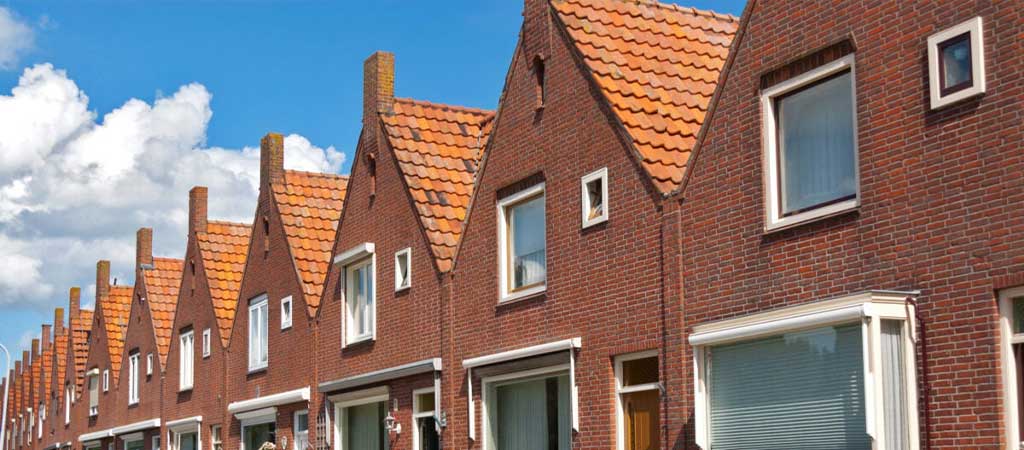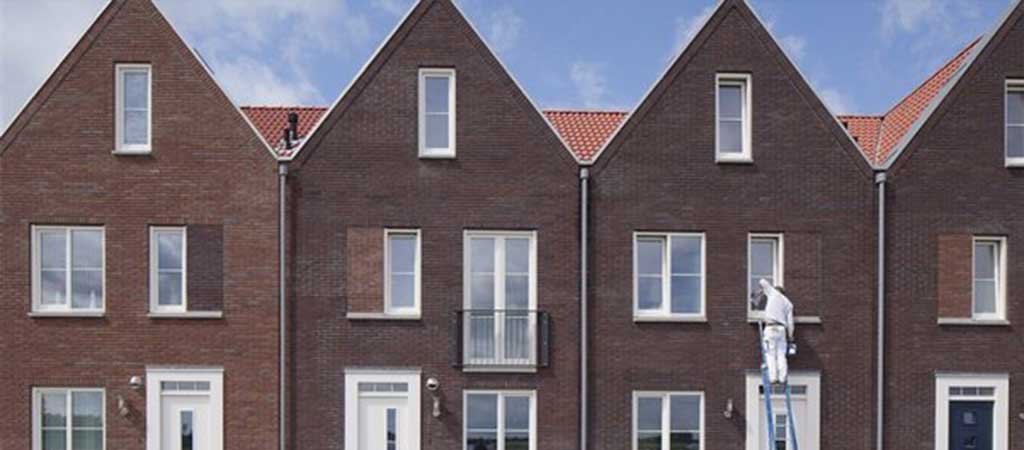Why Do Dutch Houses Share a Uniform Look?
The similarity among Dutch houses is striking when strolling through the charming streets of the Netherlands. These homes create a distinctive and attractive visual style with their classic stepped gables, narrow fronts, and bright colors. But why do Dutch houses look so similar? Let’s explore the reasons behind this uniformity, exploring historical, cultural, and architectural influences.
A Peek into Dutch Architectural History
Dutch architecture has evolved through various styles, adding to the country’s building traditions. The 17th century, known as the Dutch Golden Age, was a period of economic growth and urban expansion. Many of the iconic buildings from this era still shape Dutch design today.
Geographical Influence The Netherlands is mostly below sea level, which influences its architectural practices. To manage water and use land efficiently, narrow plots became common. This led to the construction of tall, narrow houses, maximizing space while following strict regulations.
Urban Planning’s Impact
Dutch cities, such as Amsterdam and Utrecht, were carefully planned in the 17th century. Canals dictated how neighborhoods were laid out, resulting in houses with similar dimensions and designs. This careful planning helped create the uniform look that we see today. 
Architectural Features: A Closer Look
Gabled Roofs and Step-Gables Dutch houses are famous for their gabled roofs, which look appealing and have practical uses. Step roofs, often with decorative elements, were designed to prevent fires from spreading, and this feature has become a hallmark of Dutch architecture.
Red Brick Many Dutch houses are built with local and durable red brick. It provides a warm, inviting appearance and contributes to the uniform style across the Netherlands.
Color and Decoration Despite Dutch houses’ similar structure, color and decoration add individuality. Bright facades and detailed window frames enhance the streetscape while maintaining overall uniformity.
Cultural Meaning of Uniformity
Reflecting Society The uniform look of Dutch houses symbolizes social cohesion and equality. It fosters a sense of community, where no single house dominates the scene.
Preserving Heritage Dutch culture values historical buildings highly. Strict regulations ensure new constructions match the traditional style, reinforcing the uniform look of Dutch houses.
Modern Touches
Contemporary Designs Today, modern architects blend traditional Dutch styles with contemporary materials and techniques. This mix maintains the classic look while incorporating fresh ideas, keeping Dutch architecture vibrant and relevant.
Sustainability and Innovation Sustainability is a growing trend in Dutch architecture. New designs often integrate eco-friendly practices while respecting traditional styles, reflecting the country’s commitment to progress and preservation.

Compared with Other Styles
European Comparisons Unlike the diverse architectural styles seen in other European countries, Dutch homes share a cohesive look. This uniformity stands out when compared to the varied styles in places like France, where regional differences are more pronounced.
Colonial Influence Dutch colonial expansion also spread their architectural style, reinforcing the uniform look in the Netherlands and beyond.
In Conclusion, The uniformity of Dutch houses is a blend of history, culture, and design. From geographical challenges and urban planning to cultural values and modern adaptations, each factor contributes to the distinct look of Dutch architecture. This uniformity adds to the charm of Dutch streets, inviting admiration for both its consistency and the unique character of each building.

Would You Like to Explore More on Our Blog: 5 Reasons Real Estate Clients Love Artist Impressions 5 Stunning Features of Modern Classic Style in Interior Design 5 Powerful Benefits of Funda Plattegrond for Real Estate Success 5 Powerful Benefits of Floor Plans vs. Blueprints in 24 Hours 5 Ways AI is Transforming Floor Plan Design Like Never Before
